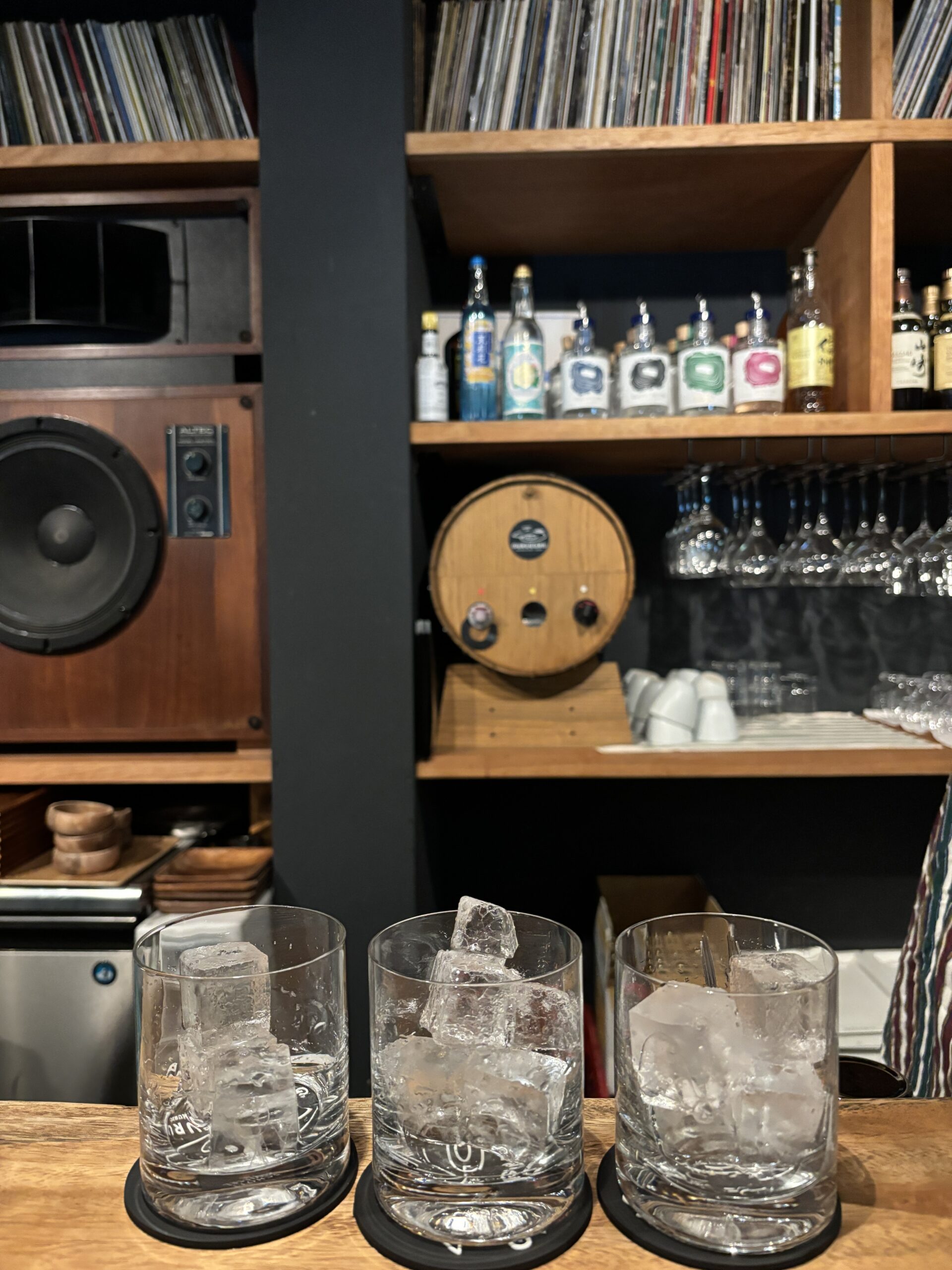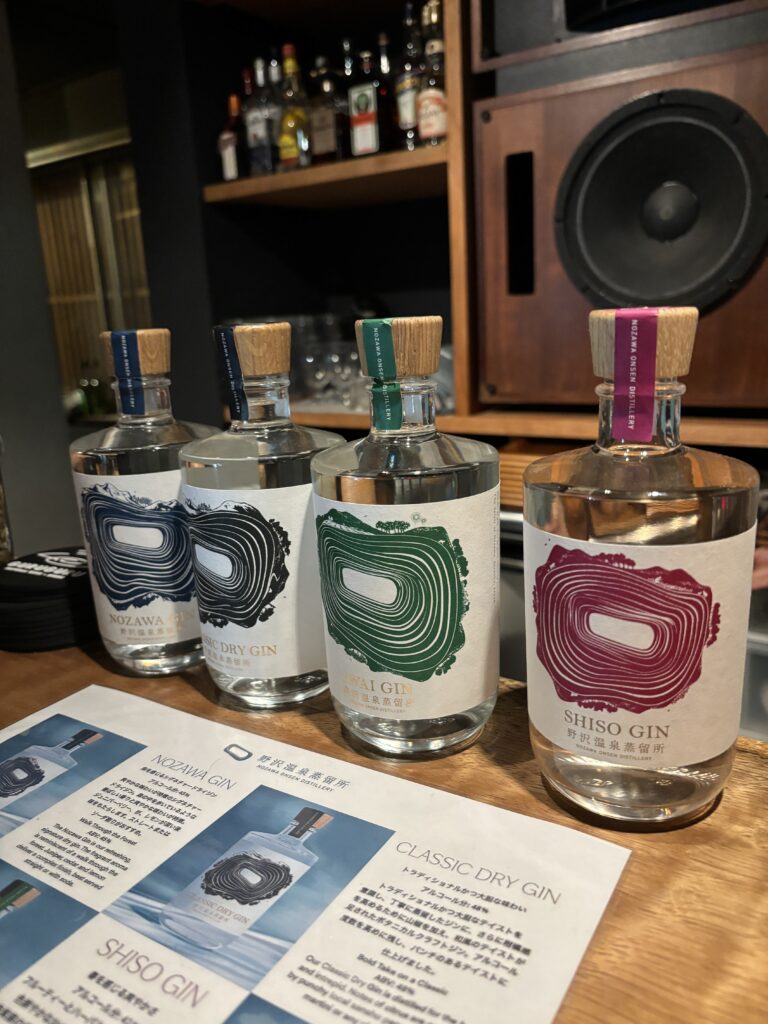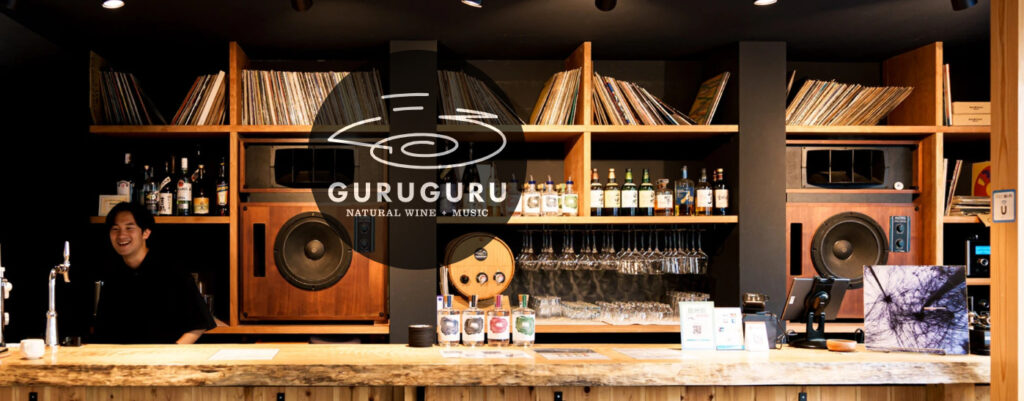Nozawa Hotspring is located in the central part of Japan; take a Shinkansen for an hour to reach Nagano, and then a car ride for another one hour into deep mountains to Niigata direction, and you will find the steamy village entire of the scents of vapors coming down from the earth. This town was trendy Onsen or Hot Springs, with ski resorts, among Japanese travelers in the past. The size of the village is compact, and everything they have is in workable distance. What is unique about this Onsen village is that they do not have larger hotels like skyscrapers, which you will see in many major Onsen resorts like Atami in Shizuoka prefecture. Instead, here, the majority are small house inns run mainly by families who live in the same place or nearby, so you feel like coming back home and cozy to be with the people who welcome you. So do the hot springs in the village. When you stay here, you can access local shared bathtubs spotted in each corner, and they will let the tourists use them. The quality of the Onsen is superb. They run the hot water coming off the earth, letting it go without any adjustment, so it is very hot!

However, the town went down after the collapse of the so-called bubble economy with the retreat of the ski boom as well. It hit the Nozawa so severely, and the village had a difficult time due to the decrease in visitors. However, the tourists from overseas, especially those from the Oceania region, were so impressed by the excellent snow quality in ski resorts here. They kept returning for vacation to make a significant stream that formed another upheaval in this village. Some even started renovating abandoned house inns, restaurants, and bars to make their style, attracting even more visitors. So I tried to find out what it was like to be in one of such bars, already filled with foreigners and visited the “GURU GURU” on the village’s central alley, Oyu-dori.

The bar is fashioned in a conspicuous manner that attracts the attention of passersby, and it feels more inviting to go since you can see the inside through their large windows facing the alley. It is a small bar with counters and some high stool seats with a table. Upon my visit, I was welcomed by a bartender from Canada and a girl of Japanese and Norwegian origin. I went straight to one of the counter sheets and sat by a guy, whom I learned later was a chef from Australia, who said he would spend here for half a year on his work holiday. Interestingly, the foreigners who visit are more involved in the local community, and almost everyone I meet speaks Japanese. I heard one sitting on the same counter was a local craft jin factory owner. There is also a local beer brewery in the neighborhood, which I tried in the natural wine bar PITOU in Shinjuku Golden Gai.
Since it was only the beginning of ski season, many bars were closed, so the village and the bar were still busy. The snow was only available on the mountain’s top. However, according to villagers, the small-ins are all packed with bookings in the New Year seasons, and to get one in advance, you need to make a booking more than six months before. When passing through the streets, most tourists I noticed were foreigners, younger ages, single or a couple alike. But the sense I got that the locals and those foreign visitors are in touch with each other more tightly since they share local hot bathes and some other local restaurants or bars, and I felt distinct and unique as is often the cases I notice is the visitors, and the locals are detached even in the community of the significant cities those are separated even they live next to each other. The bar and the Nozawa village are strongly recommended for those who want to have more locally oriented experiences; if you do ski, it will be perfect, but you can still enjoy one of Japan’s most excellent hot springs.
Share via:


